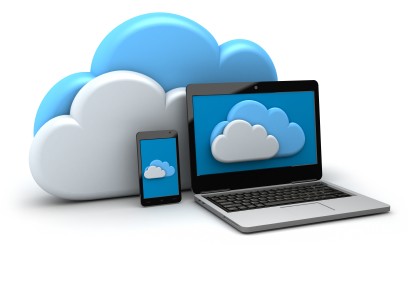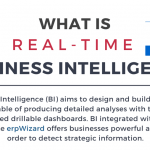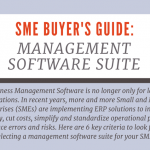Decoding “Cloud” Jargon
Last Updated on August 14, 2023 by Tatyana Vandich
When I first started out in the IT industry, I quickly realized that speaking in IT jargon was the norm. IT professionals didn’t know how to differentiate between speaking with clients, who are usually business managers, and speaking with fellow IT professionals. IT jargon was thrown all over the place during meetings, which is when I’d see many confused expressions around the table. Business professionals would then believe that “Software as a Service in the ‘cloud’” or “application hosting off premises” were solutions that were too complex for their business and so they would simply want to stick with their legacy systems. However, more and more, small business owners are realizing that these IT terms are important to understand as they are allowing them to implement integrated systems at a lower cost that have the power to improve their entire organization’s processes.
To avoid confusion, here are a few ‘cloud computing’ terms decoded:
Cloud Computing = a means of storing and processing a company’s data. Rather than housing the data on a customer’s servers (on-site), it is housed in a network of servers in a secure Data Centre; therefore the data is accessed remotely (over the Internet). In simpler terms, a company would be leasing space on a server in the Data Centre in order to store and manage the data. What’s important to know is that the hosted data is only owned by the company and NOT the IT Service Provider, who is responsible for hosting the data.
Public Cloud = multi-tenant environment; this form of cloud computing relies entirely on a Service Provider; all services (servers, data storage and applications) are delivered via the Internet.
Private Cloud = single-tenant environment or “cloud computing at home”; it is a cloud computing platform that is implemented within the company’s firewall, giving them greater control over the data and its security; has same features as a public cloud.
Hybrid Cloud = an integrated cloud service (combination of private and public clouds) where some applications or resources are provided and managed on-premises and others externally (in a public cloud).
On-Premise = traditional way of delivering IT services; when a company chooses to have their own server room to host all their IT equipment, that is typically managed by their own in-house IT staff (can also be managed by an outsourced IT team).
Off-Premise = (or off-premise hosting environment); delivering IT services off-site, where IT services are managed by a Third Party Provider and servers and hardware is leased by this provider.
Data Centre = a secure facility that houses servers and telecommunications equipment. When speaking about “cloud hosting”, these Data Centres are the homes of these cloud services.
Application = software
SaaS = Software as a Service; This is a software distribution model where an application is provided to a customer on a subscription basis, as the software is hosted by the Service Provider and is not owned by the customer. Typically, the software application is provided over a network (Internet) and the Service Provider is responsible for infrastructure.
Managed Hosting = when a Service Provider leases servers and required associated hardware to a customer. It is monitored and maintained by the Service Provider and all hardware is at the provider’s facility.
Application Hosting = when a business moves their software to an off-premise hosting environment (usually to the cloud).





